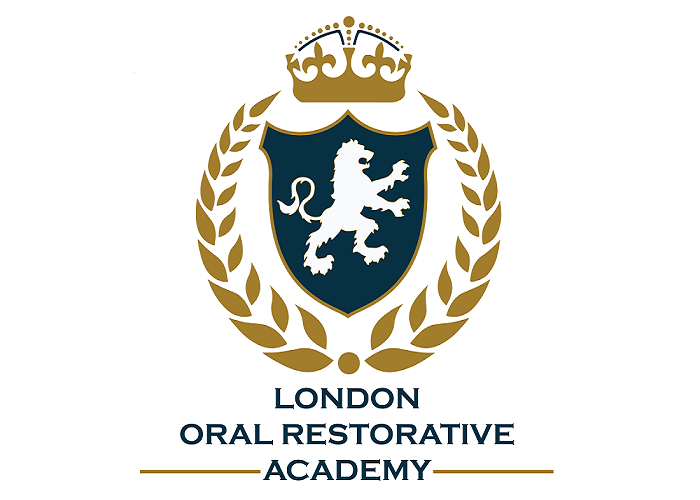Sheetal Rao
Manipal University, India
Title: Fracture Resistance of Teeth Obturated With Two Different Types of Mineral Trioxide Aggregate Cements
Biography
Biography: Sheetal Rao
Abstract
It has been widely considered that, endodontically treated teeth are more susceptible to fracture than vital teeth. This is because, endodontic procedures results in structural changes of root canal dentin that makes the tooth prone for vertical root fracture (VRF). Therefore, the residual tooth structure should be reinforced via root canal filling materials to prevent VRF. Recently, it has been suggested that mineral trioxide aggregate (MTA) was able to produce a tight seal with the root dentin walls that was superior to many other existing materials. However, the ability of MTA to strengthen the tooth structure has been studied with controversial results. White et al. demonstrated weakening of dentinal structure in short term and attributed this effect to the structural alteration of proteins caused by the alkalinity of MTA. Andreasen et al. did not find a significant increase in fracture strength when immature sheep teeth were filled with MTA and compared with control (without filling) teeth. However, the strengthening effect of MTA has been shown in other studies. OrthoMTA (BioMTA, Seoul, Korea) is a newly developed calcium silicate cement which is known to have shorter setting times (5 h 30min) and less heavy metal content. According to the manufacturer, OrthoMTA prevents microleakage by forming an interfacing layer of hydroxyapatite between the OrthoMTA and the canal wall. Furthermore, it exhibits a bioactive characteristic; it releases calcium ions through the apical foramen, and the released calcium ions help to induce regeneration of the apical periodontium. Yoo et al. has reported that, the OrthoMTA-PBS paste has the potential antibacterial effect in infected root canals. Recently, OrthoMTA III (BioMTA, Seoul, Korea) has been marketed in which, Zirconium oxide has been used a radiopacifier to prevent discoloration compared to the older version of OrthoMTA which had bismuth oxide as radiopacifier. Till date, there was no study to evaluate the efficiency of OrthoMTA III in reinforcing the endodontically treated teeth when used as an obturating material. Hence, the aim of this study was to evaluate the influence of ProRoot MTA and Ortho MTA III as an obturating material on the fracture resistance of endodontically treated. Group I-control (no root canal filling); Group II- ProRoot MTA; Group IIIOrthoMTA III. In group II and III, MTA powder was mixed with distilled water following the manufacturer’s instructions. MTA was then inserted into the root canals using MTA carrier and condensed incrementally using pluggers leaving the coronal 2 mm of the canal unfilled. A glass slab was used to prevent the extrusion of MTA from the apex. All the teeth were radiographed to verify the homogeneity of the fillings. Coronal access cavities were sealed with glass ionomer cement (Fuji II) and the specimens were stored at 37 o C and 100% relative humidity for 48 h. Periodontal ligament (PDL) simulation was performed by the modified method of Soares et al. The roots were coated with a thin layer of moulding wax of 0.3-0.5mm thickness up to 2.0 mm below the cementoenamel junction. The roots were then embedded in polystyrene resin using polyvinyl chloride cylinders (PVC). After resin polymerization, the teeth were removed from the PVC cylinders, and the wax were removed from root surface and resin cylinder using hot water. The resin cylinders were then filled with a polyether impression material using a syringe. The roots were then re-inserted into their respective cylinder ‘sockets’ and excess impression material was removed with a scalpel blade.

